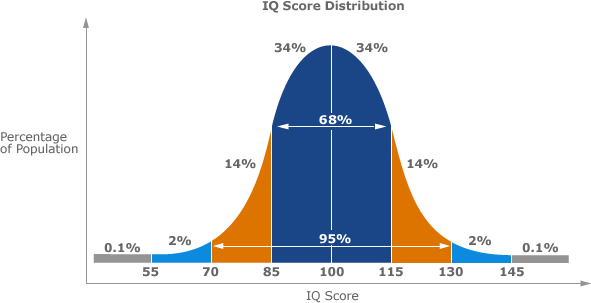The New York Times recently ran an article, “Proficiency of Black Students Is Found to Be Far Lower Than Expected,” about a troubling report by the Council on Great City Schools, which in essence asserts that underachievement among black youth is so resistant to change that it must be a relatively stable fixture in the disposition of the black community.
The report, A Call for Change [pdf], argues that racial differences cannot be explained by economic factors and that black males without disabilities do not measure up to white males with disabilities. It pointedly states, “Black males without disabilities had reading and mathematics scores, on average, lower than those of white males in national public schools with disabilities” and makes similar comparisons using those who do and do not receive free and reduced lunch.
The New York Times article did not question the report’s methodology or bias; this failure reflects the larger problem of deficit statistics being promoted and embraced among people who would have challenged their merits years ago.
In 1994, when Harvard psychologist Richard J. Herrnstein and American Enterprise Institute political scientist Charles Murray released The Bell Curve, the book immediately drew fiery rebuttals from progressive scholars. Books like The Bell Curve Debate and articles in the Journal of Negro Education and Journal of Black Psychology picked apart, point-by-point, dangerous assertions such as, “It seems highly likely to us that both genes and the environment have something to do with racial differences [in intelligence and by extension achievement].”
However, unlike their reaction to Murray’s work, today’s black progressives are mostly embracing the work of the Council on Great City Schools, giving them endless platforms to explain how our normal black boys are more academically inept than white boys with disabilities.
With the vast range of disabilities affecting children, it seems inappropriate to lump them all in the same category. However, A Call for Change refers to black and white students with and without “disabilities,” about 50 times, but never defines the specific disabilities. Oddly, after doing a document search of common adjectives that typically precede “disabilities,” words including “emotional,” “physical,” and “learning” did not appear anywhere in the report. Before accepting at face value, that normal black boys are less proficient than disabled white boys, at a minimum one should seek a definition of disability. Many students who receive a proper diagnosis of a learning disability also receive educational accommodations, especially during testing, that could improve performance.
The fact that black students receive lower scores on standardized tests has been documented in more than a half century of research studies. What is less well-documented is the predictive validity of these tests.
Due to the established, unresolved issues with cultural bias in all achievement tests, the Standards for Educational and Psychological Testing—developed by the American Educational Research Association, American Psychological Association, and the National Council on Measurement in Education—recommends using the norms for specific race groups as a basis of making decisions. Test scores should always be presented as an estimate with the margin of error revealed and disclaimers indicating that issues of cultural bias limit the degree of confidence one should place in assessment results.
Culturally biased assessment practices and institutional racism continue to be at the core of the impending “national catastrophe” so glibly forewarned by A Call for Change. But, in the 120-page report, the words “cultural,” “racism,” and “bias” do not appear once; not even as a remote possibility for the racial differences they found.
And when you really dig into the numbers, educational inferiority is less of a black male problem and more of an American problem.
A Call for Change also reports pretty low achievement indicators for white males, but allow them to shine next to the absurdly low numbers for black males. For example, it is surprising that with all of the social advantages afforded to them, only 38 percent of white boys were proficient in reading. Yet even more vexing is how this society can establish a metric that only finds 25 percent of black and white boys combined proficient in reading and consider it valid. If trends continue, educational disparities between black and white, will pale in comparison to American education and educational systems in other developed nations.
I do not question the motives of the Council on Great City Schools, but I do unequivocally question the methods and the merits. Concerns regarding black males in education are real and pervasive, but we do not need to harvest negative propaganda to promote change.
Overstated and unqualified deficit statistics have the unintended consequence of promoting black inferiority. Whether skewed left or skewed right, The Bell Curve remains an invertible force that undermines black achievement, by using numbers to obscure legitimate indicators such as graduation rates, college enrollment, and economic attainment, while neglecting social forces such as social inequities and institutional racism.
I appeal to all noble scholars, activists, and policy makers to pause and contemplate the benefits and risks of promoting negative racial deficit statistics. Two years ago, I suggested that educational researchers should reduce the focus on comparing black males to white males. This lazy research method implicitly positions white male standings as the standard for black males to achieve. Instead, we should compare black males with high levels of proficiency in reading and math to those with lower levels. This is the only method that will reveal culturally specific strategies to improve educational standings among black males.







